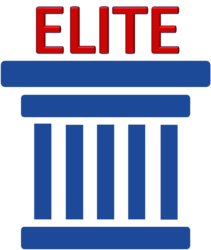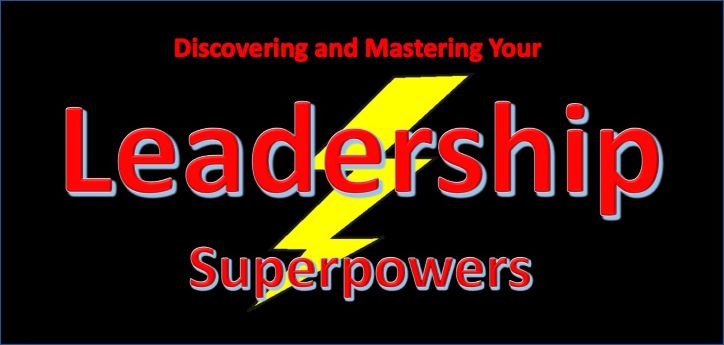In case you haven’t noticed, we are in the middle of this year’s superhero movie releases. Three movies have been released through April, with 3 more on the horizon to be released before the end of the summer. These movies capture our imaginations and entertain us with ever-improving special effects and the time old story of good versus bad. One of the most interesting storylines is the hero’s origin story where they discover what superpowers they have and learn how to master or control them.
While watching a couple of this year’s origin stories, I was reminded of an exercise we do near the end of my leadership training classes titled, “Leadership Superpowers.” In this exercise, we examine the leadership styles of several exceptional leaders I’ve had the opportunity to meet and determine what is their leadership superpower. The class is then charged with determining what is their personal superpower and explain why they chose it. They are also asked to indicate what would be their ‘Kryptonite’ or the behavior in others that makes them cringe.
Like superheroes, leaders should be on a continuous journey to discover their personal leadership superpower, which is their go to thing as a leader. Each journey is different just like no two superheroes have the exact same powers. Batman is as much like Superman as the Hulk is like Thor or Captain Marvel is like Aquaman. Every leader has their own leadership power or abilities. I cannot lead like you and you cannot lead like me.
I’ve identified 12 leadership superpowers or abilities based on the Professional Leadership Process™ in my book, Prescribing Leadership in Healthcare. These abilities are non-industry specific and should be used by all leaders to be successful. A leader doesn’t have to possess all of them, but the best leaders usually master 2 or more of them and have a working knowledge of when and how to use many of the others. Those 12 abilities fall into 2 categories, “who they are” and “what they do” as follows:

The ‘who they are’ powers are abilities they come with. These are things they must be born with or come natural to them, although they can get better with more training and mastery. The ‘what they do’ powers are abilities they can learn, develop and master over time.
Some of the examples we use in the class include:
- Dr. Toby Cosgrove, former President & CEO of the Cleveland Clinic – I found Dr. Cosgrove to be a very humble person. He doesn’t take credit for his organization’s success but gives all the credit to the people who work with him.
- Dr. Laura Forese, COO of New York Presbyterian – Dr. Forese is a strong proponent of coaching and mentoring with people both inside and outside of her organization.
- E. Gordon Gee, President of West Virginia University – President Gee was one of the first executives to embrace social leadership. He has almost 200,000 Twitter followers that he connects to regularly. He’s also a great storyteller.
I consider my superpower is empathy. I like to connect and build relationships with the people I work with and the people I meet. My kryptonite is disrespect. People who are disrespectful to others really bothers me.



